Hey, everyone! Today I’m going to be talking about these new kibi-dango—traditional Okayama confectioneries that even appear in the folk tale Momotaro--which are Halal-certified (an industry first for a Japanese dango sweet!) With their cute packaging and springy texture, these ancient Japanese sweets are guaranteed to go down well as souvenirs!
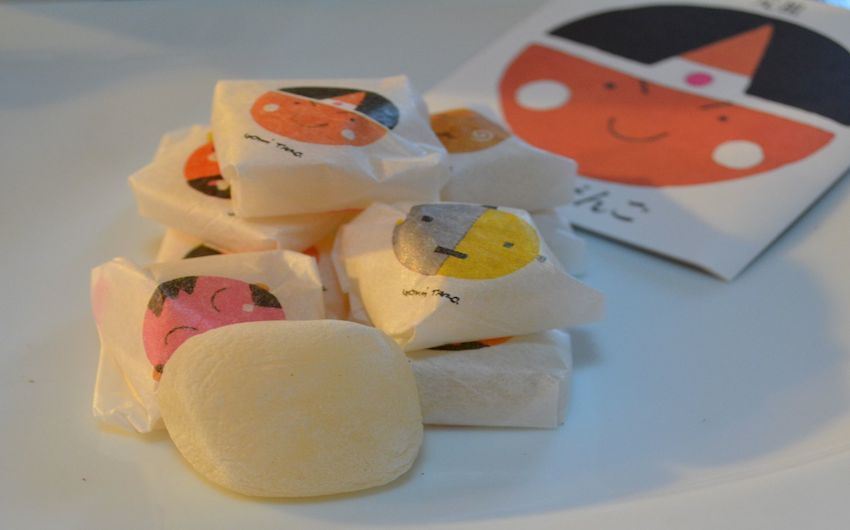
Momotaro—the “Peach Boy”—is a folk tale that tells of a boy who goes on a demon-slaying quest and along the way hands out kibi-dango in order to recruit his dog, pheasant, and monkey companions. Okayama once prospered as the ancient land of Kibi-no-kuni, which was the birthplace of Kibitsuhiko-no-mikoto (said to be the model for Momotaro,) and is said to be where the tale originates from. (There are various theories as to the true origins and details of the folk tale.)
Today I’m going to be introducing Koeido, a veteran confectioner that has been creating the Okayama specialty kibi-dango ever since it was established in 1856.
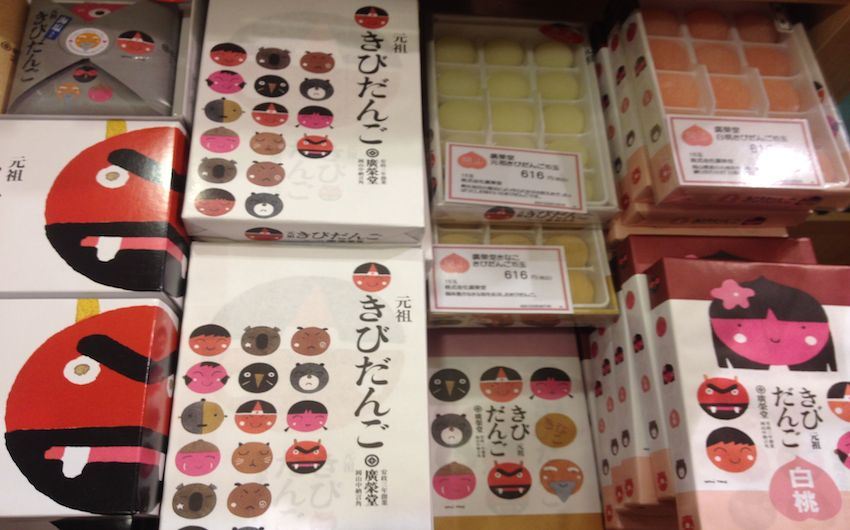
There are eight types of Halal-certified kibi-dango all together—ganso (original,) kokutou (brown sugar,) umijio (sea salt,) hakutou (white peach,) kinako (roasted soy flour,) genmai (brown rice,) kouhaku (red and white), and mukashi kibi-dango (“ancient” kibi-dango.)

Shown here are the ganso (left) and kokutou (right) kibi-dango. The adorable packaging makes me break out in a smile! Unpack it and then you’ll see ---
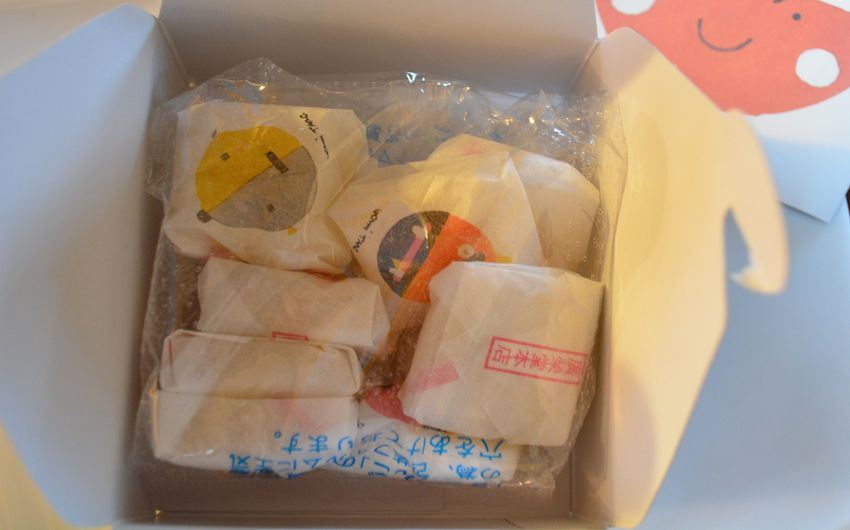
The kibi-dango are all individually wrapped, and each has a different cute pattern!
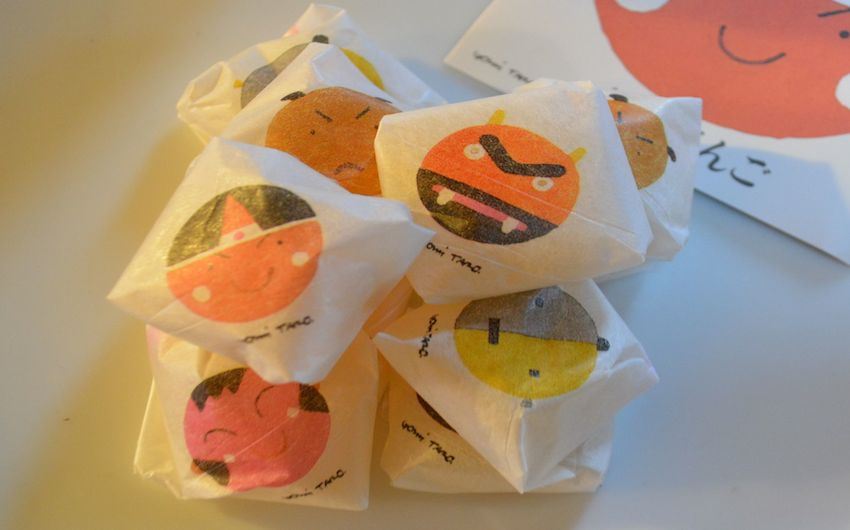
I feel excited before I even start eating!
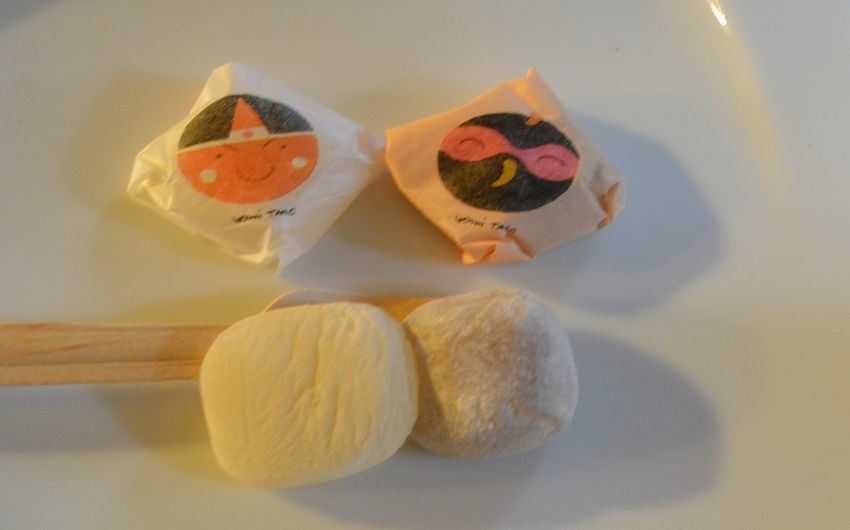
(Left: ganso kibi-dango. Right: kokutou kibi-dango)
The springy texture and mild taste of ganso kibi-dango, and the refined flavor, aroma, and body of the brown sugar in kokutou kibi-dango —they’re both equally delicious!
These kibi-dango from Okayama come in a wide range of flavors, all in cute packaging, so be sure to try some yourself or pick some up as souvenirs.
Information
Koeido
- Depending on the flavor there are both individually-wrapped sweets and box sets available. Kouhaku kibi-dango must be ordered 7-10 days in advance. The sweets are best eaten within 20 days from the date of manufacture.
- Halal certification was obtained from the Japan Islamic Trust.
※This article was published on November 2015※
Comments